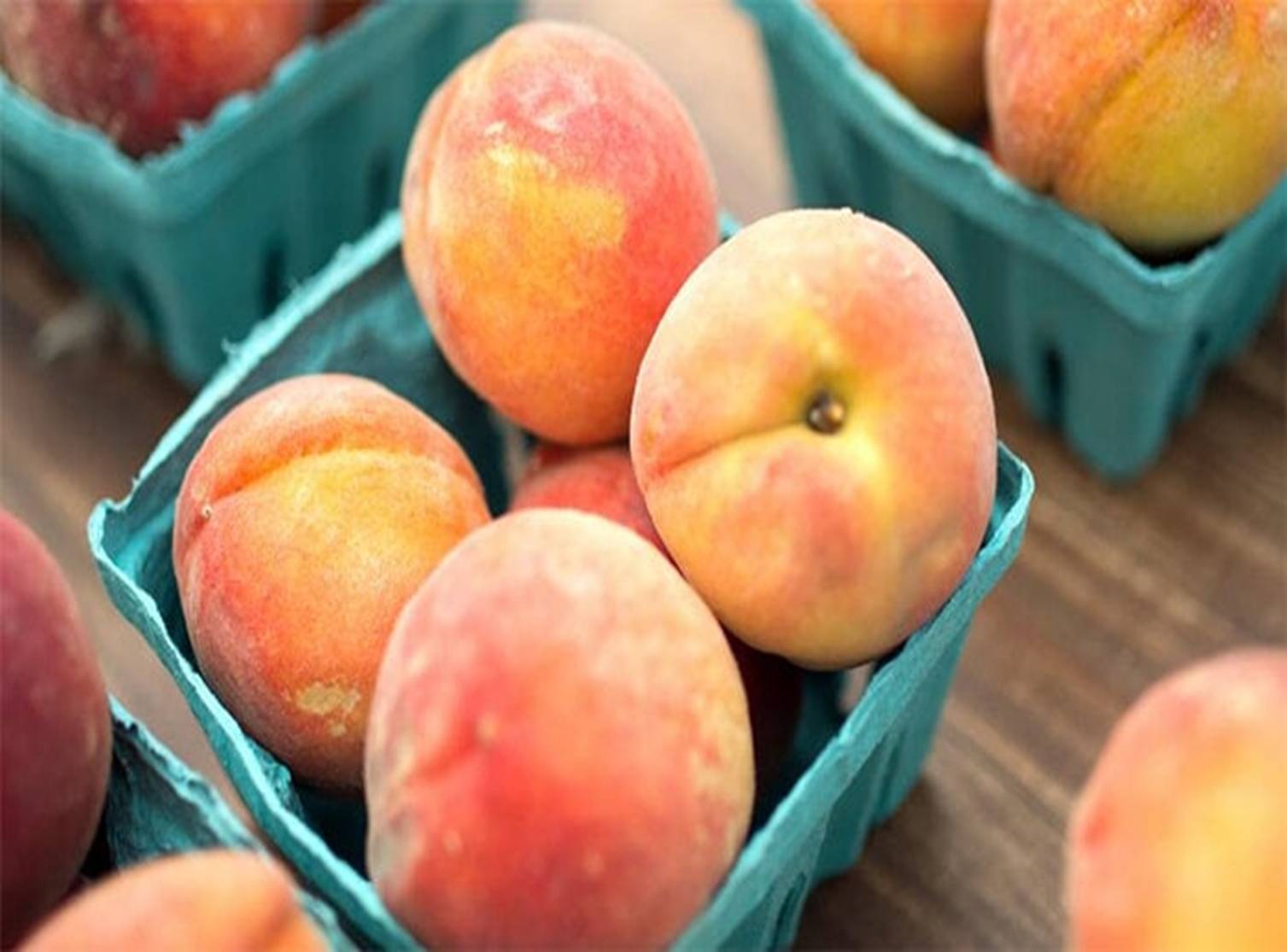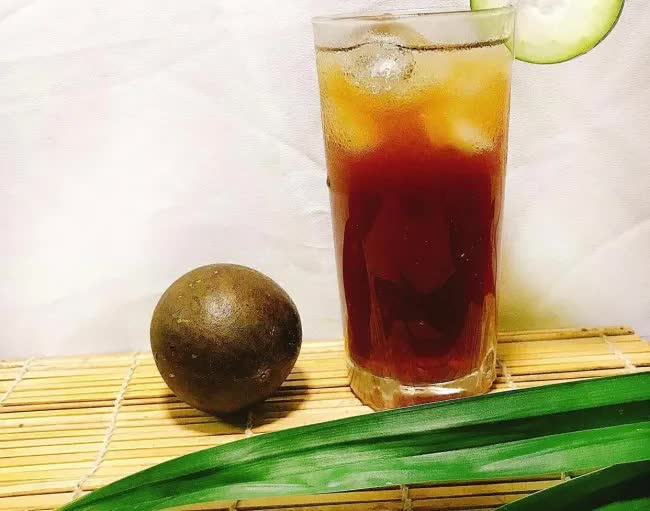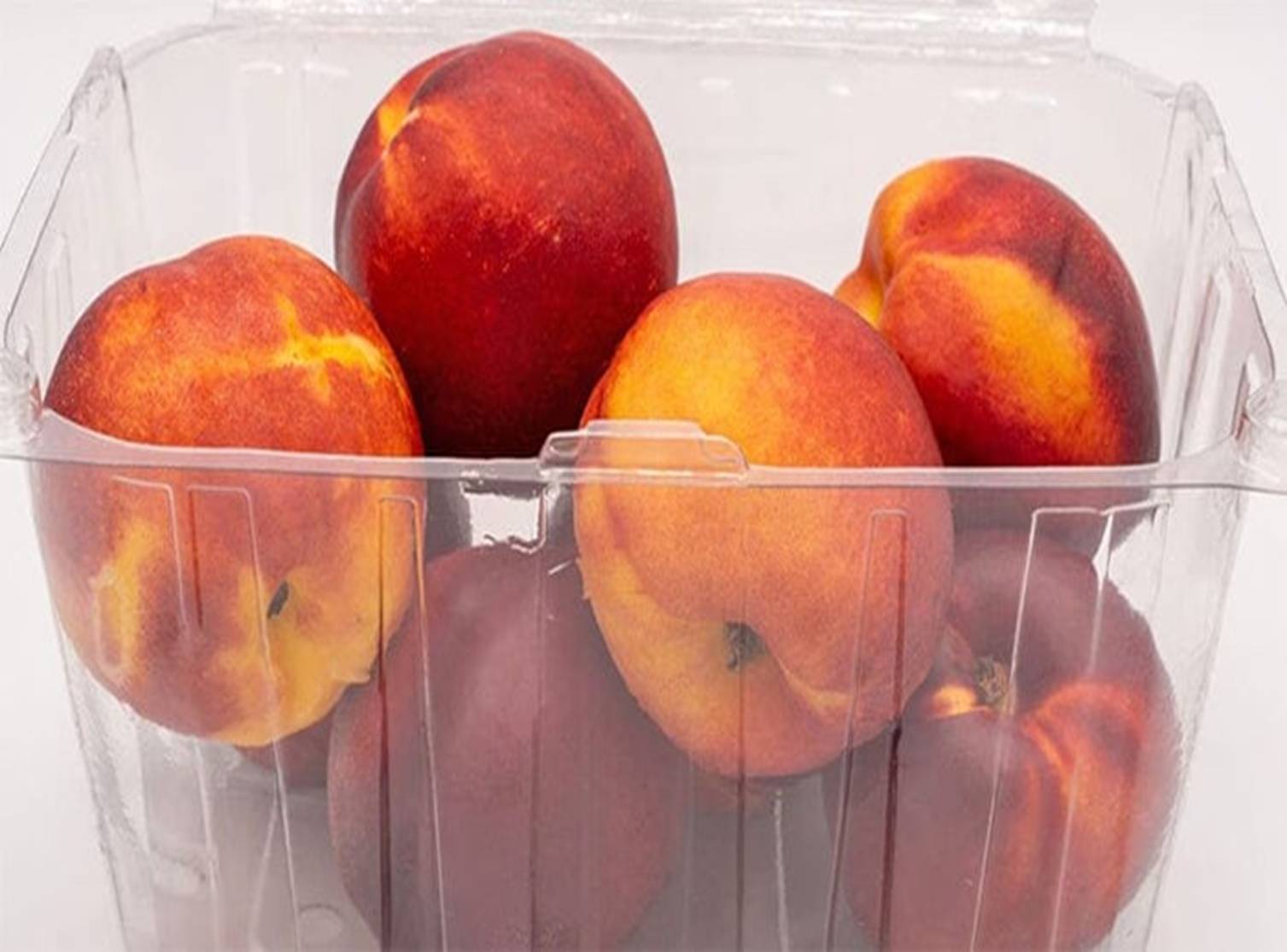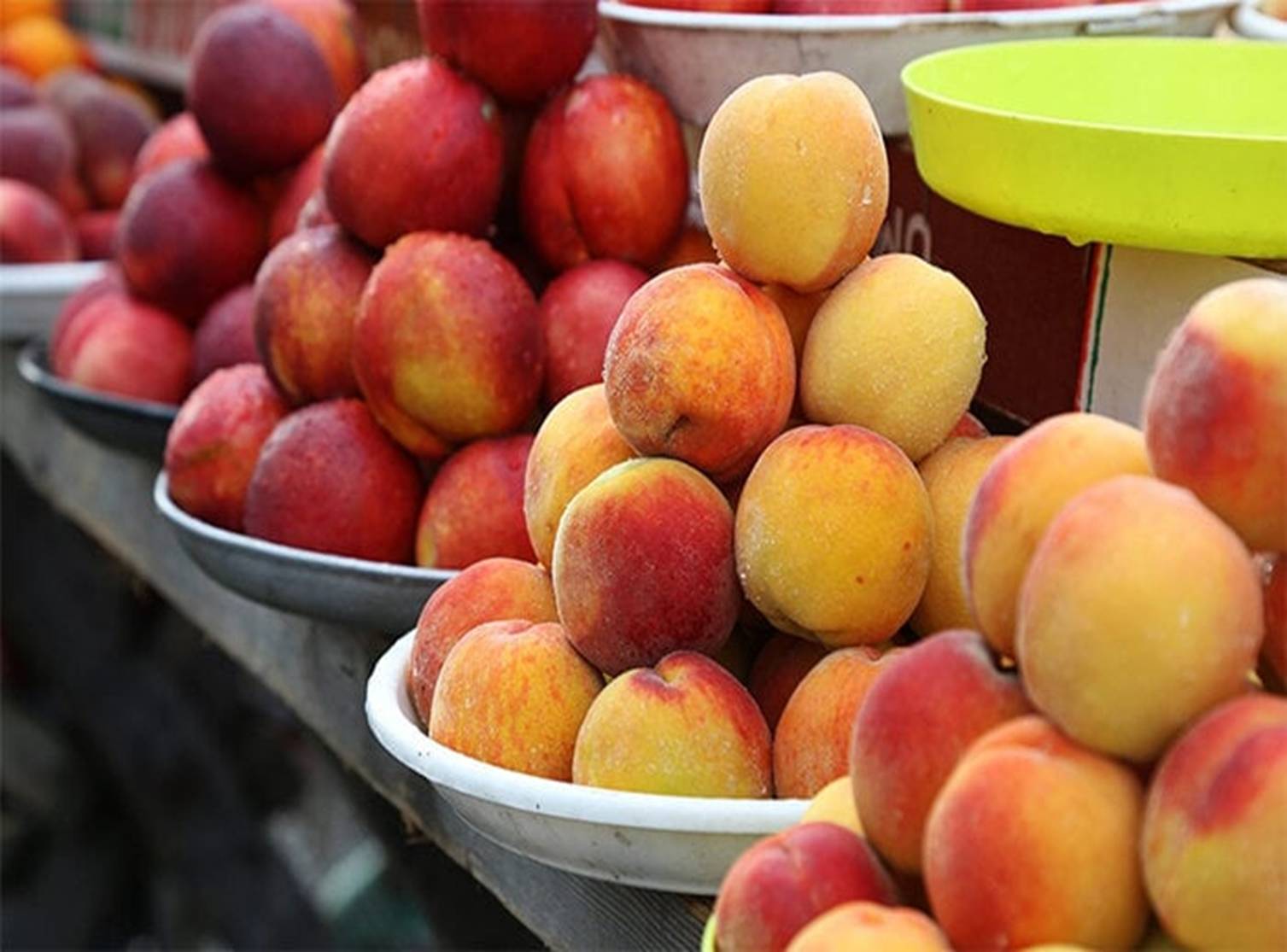Peaches are a highly popular summer fruit. They are sweet, juicy, and packed with essential nutrients beneficial for health. Peaches are an excellent source of vitamins A, C, E, and B, as well as beta-carotene, pantothenic acid, and a range of minerals including calcium, potassium, magnesium, iron, manganese, phosphorus, zinc, and copper.

Peaches are an excellent source of dietary fiber, which is beneficial for digestive health. (Image source: Medicalnewstoday)
According to experts, regular consumption of peaches is excellent for digestive health, preventing constipation, reducing skin inflammation, and protecting eyesight.
How to Store Peaches for a Month Without Spoilage
Despite their delicious taste and nutritional benefits, peaches are perishable and require proper storage to prevent spoilage. However, with the following methods, you can keep them fresh for up to a month.
Preparation
Start by gathering fresh peaches and a basin of warm water at approximately 45 degrees Celsius. This step is crucial; the warm water effectively removes bacteria and dirt from the peach surface without damaging its natural protective layer.

A refreshing bitter gourd tea recipe for summer
Clean the Peaches
To ensure successful long-term storage, proper cleaning is essential. Submerge the peaches in the warm water and gently rub their surfaces to eliminate bacteria and any residual pesticides while preserving their skin. Be careful not to apply too much force to avoid damaging the peach skin.
Dry the Peaches
After cleaning, use a clean cloth to thoroughly dry the peaches. It is imperative to ensure they are completely dry to prevent mold growth during storage.
Bag the Peaches
Prepare sealable bags and place each peach inside individually. Once the bag is full, slowly squeeze it to remove excess air before sealing it shut. This step effectively reduces oxidation, allowing for successful long-term storage.
Refrigerate
Place the sealed bags of peaches in the refrigerator’s crisper drawer. The cool temperature will effectively slow down the ripening and spoilage process. Avoid storing peaches in the freezer as this will cause them to turn mushy.
By following these steps, you can successfully store peaches for up to a month without spoilage. When you need a fresh, juicy peach, simply take one out, and it will taste as if you just brought it home from the market.

You can successfully store peaches for a month without spoilage. (Image source: Cookist)
How to Choose Ripe and Delicious Peaches
In addition to proper storage, selecting ripe and delicious peaches is crucial for ensuring their longevity. Here are some tips for choosing the best peaches:
Color
Look for peaches with vibrant, bright colors and a natural shine. Opt for those with a light yellow or slightly red hue, with consistent coloring and no noticeable spots or dullness.
Texture
Ripe peaches will feel slightly soft but not mushy. Gently press the surface of a peach with your finger; if it yields gently, it is likely fresh. Avoid peaches that are too firm, as they may not be fully ripe, and those that are too soft, as they could be overripe.

When choosing peaches, consider color, aroma, and softness. (Image source: Taste of Home)
Aroma
Ripe peaches emit a strong, fruity fragrance. If you detect a fresh, pleasant aroma, it indicates that the peach is likely fresh and ripe. Avoid peaches with no scent or an unusual odor.
Surface
Examine the surface of the peach for smoothness, free of cracks or signs of damage. A high-quality peach should have a fine layer of fuzz, indicating that it has not been overly processed and still retains its natural protective layer.
Stem
Look at the stem of the peach; if it is green, firm, and fresh-looking, it is a good sign that the peach is also fresh. If the stem is dry and turning black, the peach may have been stored for a while.
Weight
A fresh peach will feel heavy for its size. If it feels light, it may be dehydrated, which can affect its taste and quality.
According to VTC News






























